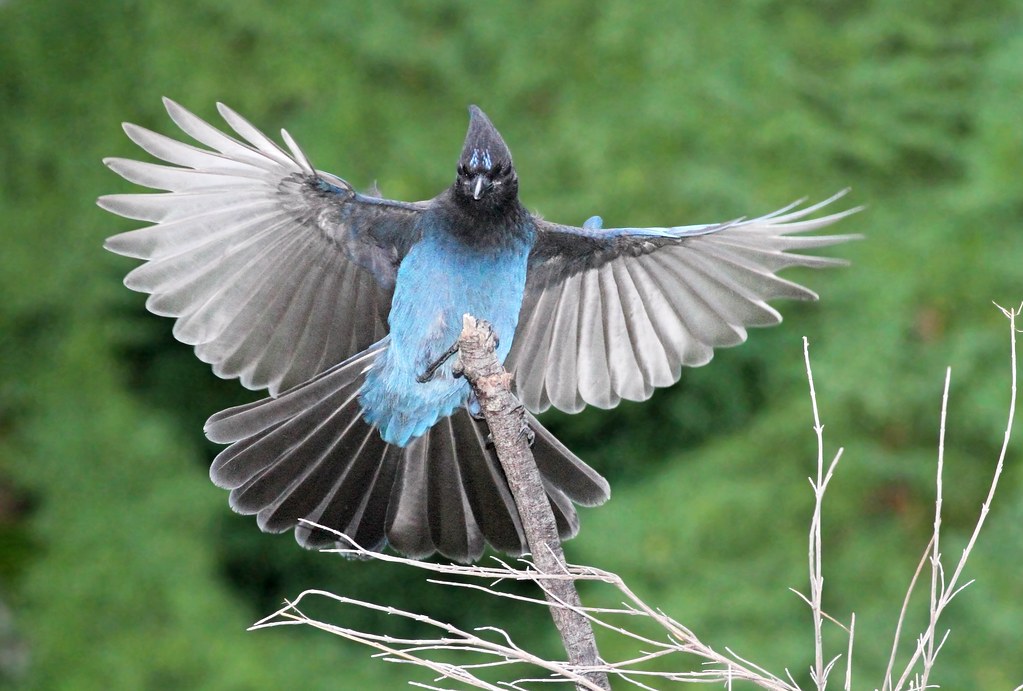
The Western Scrub-Jay has been under review by the Ornithologists’ Union (AOU) and it has been decided that two subspecies should be split off as two new species. These are the California Scrub-Jay (Aphelocoma californica) and Woodhouse’s Scrub-Jay (A. woodhouseii). This decision was expected as the two subspecies had very little overlap in their ranges and hybridization between them was rare. Additi onally, the two new species have distinct differences in voice, habitat, behavior, and morphology.

The California Scrub-Jay has recently been spotted in Western Washington, expanding its habitat range. This specific species has a darker and more coastal appearance with a deeper blue coloring that contrasts with its white belly, gray back, and sharply-defined breast band. It is often compared to the Woodhouse’s species, which has a duller blue tone with grayish underparts, a grayish-blue back, and a faint breast band. Both of these species share the same genus, Aphelocoma, with other jay species such as the Florida Scrub-Jay, Island Scrub-Jay, and Mexican Jay. The name Aphelocoma means smooth hair in Greek, referring to their lack of crest, and the name Jay is thought to be onomatopoeic for their call, originating from the French word geai.

The California Scrub-Jay is known for being an omnivorous bird that feeds on a variety of insects, such as grasshoppers, beetles, bees, wasps, ants, and caterpillars. During the winter season, the bird typically consumes acorns and seeds. Additionally, it has been observed that the California Scrub-Jay engages in scatterhoarding, which involves storing excess food items for later consumption. These stored objects could be acorns, animal parts, human food like French fries, or non-food items. Surprisingly, the bird does not recover all of its caches, which results in the dispersal of future food sources. This is because the uncollected acorns and seeds have a chance to sprout and grow into trees. Moreover, the California Scrub-Jay has been seen to steal nuts stored by Acorn Woodpeckers, indicating their opportunistic behavior.

A group of birds known as the California Scrub-Jay, are known to be residents of their territory all year-round. These birds usually build their nests in oak trees but have also been known to use other types of trees. The female bird is responsible for incubating around 4-5 eggs and takes care of the hatchlings until they are mature enough to fly on their own. Young birds often accompany their parents during fall and winter while non-breeding adults join them to form flocks of up to 20 birds. Despite being stable in population, no measures are taken to conserve these birds.